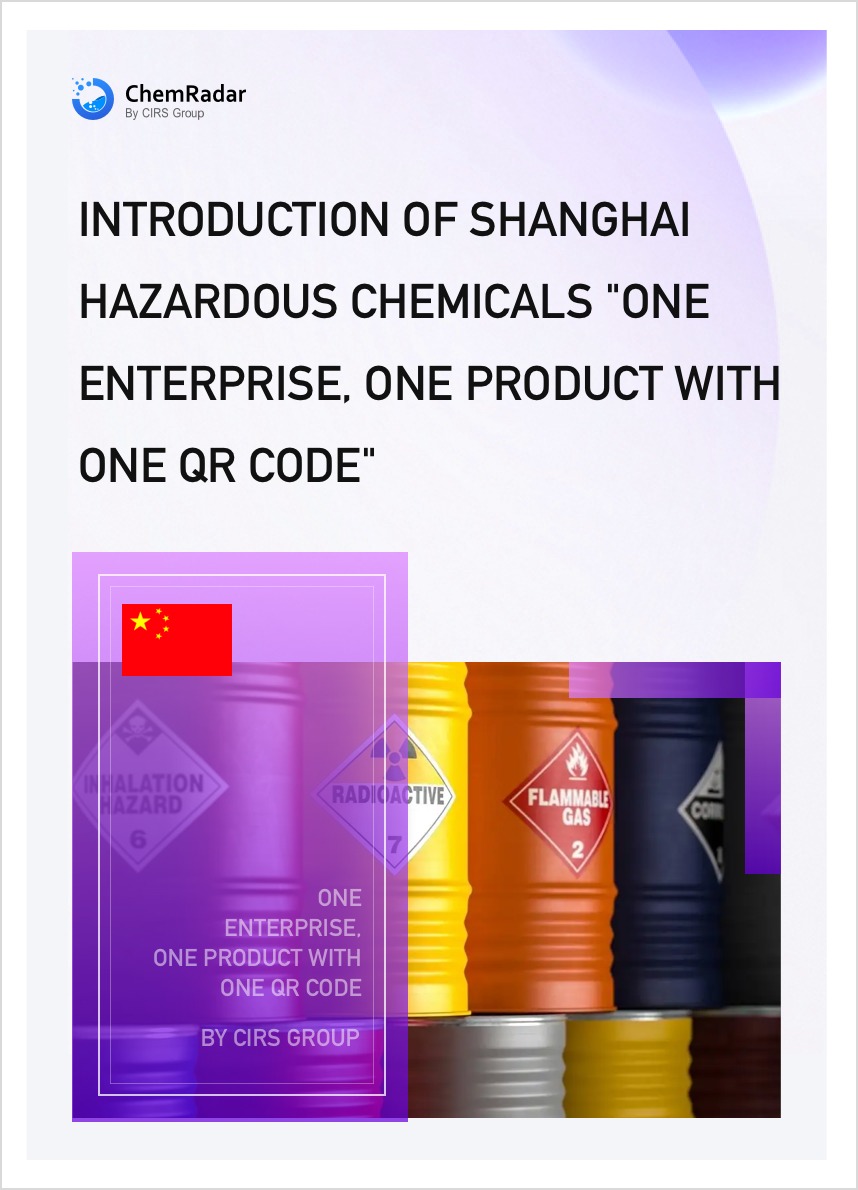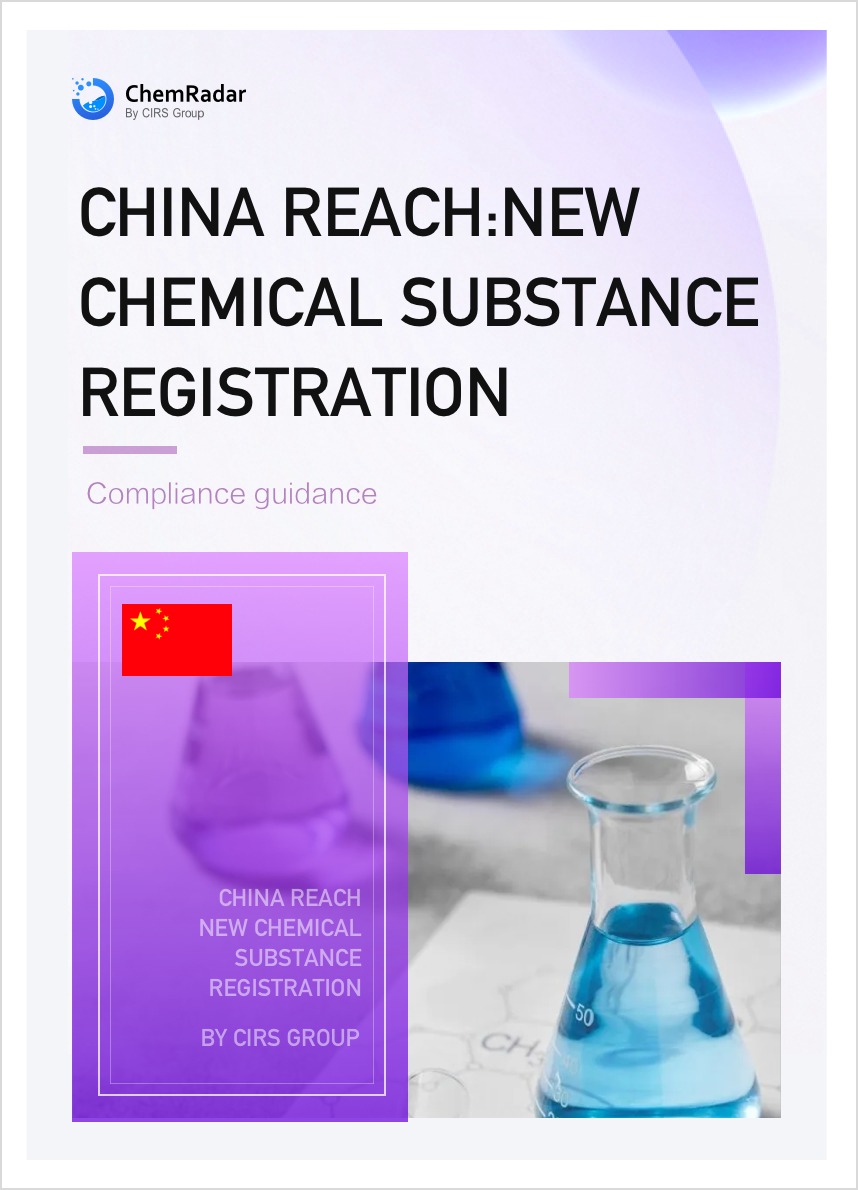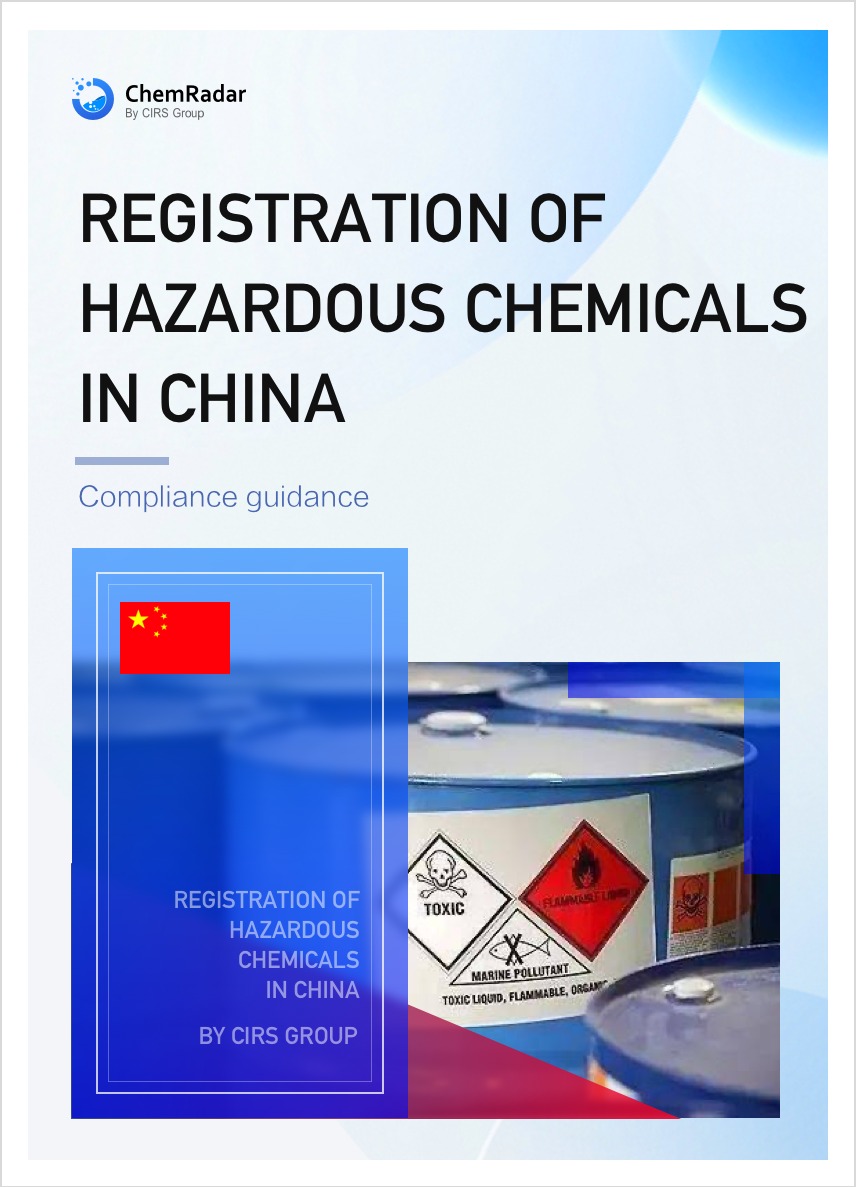On July 3, 2025, the China National Center for Food Safety Risk Assessment (CFSA) issued a significant announcement, officially soliciting public comments on the draft revision of the National Food Safety Standard - Standard for Uses of Additives in Food Contact Materials and Articles (Industry Draft for Comments). Commissioned by the National Health Commission (NHC), this revision aims to further enhance the safety of food contact materials.
Call for Comments and Feedback
CFSA requires all relevant stakeholders to carefully review the draft standard text and complete the Feedback Form for Draft National Food Safety Standards. Electronic feedback must be submitted to the designated email address: biaozhun@cfsa.net.cn by July 15, 2025. (Contacts: Wang Yidan, Zhang Hong; Tel: 010-52165409, 010-52165471)
Key Revisions
- Updated Scope Statement: This standard replaces GB 9685-2016 National Food Safety Standard - Standard for Uses of Additives in Food Contact Materials and Articles. It clarifies core aspects for additives used in food contact materials and articles, including definitions, principles of use, provisions, permitted substances, scope of use, maximum usage levels, specific migration limits (SMLs), residual quantities, and restrictions.
- Elimination of High-Risk Additives: 13 high-risk or obsolete additives have been deleted, including:
- Sodium salt of copolymer of 2-methyl-2-propenoic acid with 2-hydroxyethyl 2-methyl-2-propenoate, α-(1-oxo-2-propen-1-yl)-ω-hydroxypoly(oxy-1,2-ethanediyl) and 3,3,4,4,5,5,6,6,7,7,8,8,8-tridecafluorooctyl 2-propenoate
- Polymer of 2-methyl-2-propenoic acid with 2-propenoic acid, 2-(diethylamino)ethyl 2-methyl-2-propenoate and 3,3,4,4,5,5,6,6,7,7,8,8,8-tridecafluorooctyl 2-methyl-2-propenoate
- α-(Nonylphenyl)-ω-hydroxypoly(oxy-1,2-ethanediyl)
- Butyl phthalyl butyl glycolate (BPBG)
- Sodium perchlorate
- Di(2-ethylhexyl) phthalate (DEHP)
- Diallyl phthalate (DAP)
- Diisononyl phthalate (DINP)
- Di-n-butyl phthalate (DBP)
- Di-C8-C10 branched alkyl phthalates (C9 rich) (DINP)
- Ammonium salt of nonylphenol ethoxylate sulfate
- Bis[ethyl(perfluorooctane)sulfonamidoethyl] phosphonium salt
- Acetate salt of polymer of 2-methyl-2-propenoic acid 1,2-ethanediylbis(oxy-2,1-ethanediyl) ester with 2-(diethylamino)ethyl 2-methyl-2-propenoate, 2-hydroxyethyl 2-methyl-2-propenoate and 3,3,4,4,5,5,6,6,7,7,8,8,8-tridecafluorooctyl 2-methyl-2-propenoate
- Clean-up and Integration of Redundant Substances: A total of 401 substances already regulated under other product standards or lacking additive functionality have been deleted. These span plastics (3 substances), coatings (105 substances), rubber (12 substances), inks (62 substances), and adhesives (219 substances).
- Support for Regenerated Cellulose Materials: 8 new substances are permitted for use in food contact regenerated cellulose materials and articles:
- 1,2-Propanediol
- C.I. Pigment Black 7; Carbon black
- White mineral oil
- Sodium hypochlorite
- Polyoxyethylene sorbitan monooleate (Tween-80)
- Sulfuric acid
- Sodium hydroxide
- Sodium dodecylbenzenesulfonate
- Updated Substance Limits: Usage limits have been revised for the following 6 substances.
|
No. |
Substance Name |
Original Limit Requirements |
Revised Limit Requirements |
|
1 |
4,4'-Dihydroxydiphenylpropane; Bisphenol A |
0.6 mg/kg(SML) |
0.05 mg/kg(SML) |
|
2 |
Tri(2-ethylhexyl) 1,2,4-benzenetricarboxylate |
0.05 mg/kg (SML) |
1 mg/kg (SML) |
|
3 |
2-[4,6-Bis(2,4-dimethylphenyl)-1,3,5-triazin-2-yl]-5-(octyloxy)phenol |
0.05 mg/kg (SML) |
5 mg/kg (SML) |
|
4 |
Tris(mixed 2,4-bis(1,1-dimethylpropyl)phenyl and 4-(1,1-dimethylpropyl)phenyl) phosphite |
5 mg/kg (calculated as the sum of the phosphite and phosphate forms of this substance and 4-tert-amylphenol, SML) |
10 mg/kg (calculated as the sum of the phosphite and phosphate forms of this substance and 4-tert-amylphenol, SML) |
|
5 |
m-Phenylenediamine; 1,3-Benzenediamine |
Not detected (DL = 0.01 mg/kg) (SML) |
Not detected (DL = 0.002 mg/kg) (SML) |
|
6 |
Crotonic acid |
0.05 mg/kg (SML) |
0.05 mg/kg [expressed as crotonic acid, SML(T)] |
- Revision of Overall Migration Limits: Appendix B's requirements for overall migration limits (OML) have been updated (see specific requirements at the URL below).
- Adjustment of Metal Migration Limits: Appendix C has been revised: the specific migration limit (SML) for Zinc is adjusted to 5 mg/kg, and a new SML for Aluminum is set at 1 mg/kg.
- Colorant Safety Upgrade: Appendix E is added, establishing strict quality specifications for colorants. It mandates purity and impurity limits (e.g., Arsenic ≤ 0.01%, Lead ≤ 0.01%, Mercury ≤ 0.005%) and imposes additional requirements for C.I. Pigment Black 7 (e.g., Benzo[a]pyrene ≤ 0.25 mg/kg, Toluene extract < 0.1%).
This revision focuses on eliminating high-risk substances, strengthening key safety indicators, integrating management requirements, and accommodating new material developments. The goal is to implement stricter control over the safety of food contact materials at the source and effectively safeguard consumer health. Relevant industry stakeholders must closely monitor these changes and actively participate in the feedback process.
Further Information




